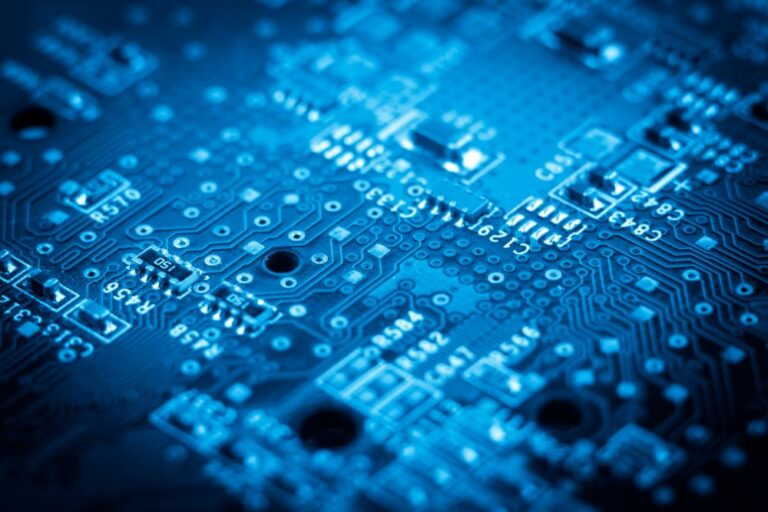AIOps Evolution Podcast | Season 2
Interview with Phil Tee, CEO of Moogsoft
A lot has happened in the last few years, and AIOps hasn’t skipped out on these changes. With people collectively shifting to remote work environments, we’ve shifted from centralized IT to application-based operations based on providing one thing: availability.
We’re in the midst of an evolution in AIOps as lifestyle and work style morph. Sean talks about it all with Phil Tee, CEO of Moogsoft, who maintains that the vendors that pioneer the next generation of AI algorithms are the ones that will thrive.
TL;DR
We’ve Widened the use case for AIOps
First of all, the types of telemetry are expanding beyond the traditional observability First generation (Gen 1) AI algorithms promised. We’ve extended the algorithms beyond simple metrics and logs to diagnose a failure in a given application. This has put pressure on AI algorithms to evolve for deeper analysis. Since you need both to scale and broaden the set of data you’re doing that with.
What’s really been driving all of this?
No doubt, the shift to remote work environments is driving these broadened AIOps use cases. Phil says, “So I would say that the significant change is the shift to remote has driven people into more of a SRE DevOps kind of mindset. Even if they’re not all the way it’s that way of working. And for us, it’s broadened the types of what we consider as fair game for AIOps.”
This force majeure pushed centralized IT to think and behave like distributed SRE and DevOps. These accelerated changes—what we called the future for a long time—are now here. The “new now” in IT looks like more application-based operations responsible for availability.
How have AI algorithms evolved?
How it started
Initially AI algorithms for IT Operations focused on logs, metrics, and analytics that indicated status. The goal was to improve observability for IT teams. But with the leap from centralized IT to application-based operations, we need more diagnosis into the failure of a given event or application. This is the pressure that’s pushing AI algorithms to evolve.
Read Now: “What the ITIL Community is Saying About AIOps”
How it’s going
Phil describes the current state of AI algorithms as a “poacher-gamekeeper” relationship. “The problem continues to get more complex to the point where companies need a dedicated team that collects the data and analyzes it to evolve the algorithm in a given product.”
At Moogsoft, for instance, they have done work on automated correlation definition and discovery to auto configure the tool. Phil states, “We pioneered the use of information theory to spot significant events many years ago. Now we’re looking at different ways of using dependency graphs to improve upon that as well as the shape of topology graphs.” Even in academic circles, this concept is still being vetted out, but Phil says they are discovering it has practical utility.
Shifting to application based AI algorithms
As we’ve stated, remote work has moved the needle on evolving AIOps algorithms. Therefore, it’s shifted the focus towards application and instrumentation. Infrastructure has become more fall tolerant to the point where it’s built into the Operating System. This means it’s more reliant on the fact that the focus should be on the application and the service that’s delivered to end users.
Sean noted that complexity in IT infrastructure made AIOps inevitable. “So, that becomes much more complicated with the vast amount of complexity of application development and application architecture now, and the mass amount of instrumentation. So to me AIOps is a natural offshoot of what’s been coming for a while.”
Technically, this is only the beginning of the AIOps algorithm evolution. As infrastructure continues to advance, so will the AI algorithms. And that means vendors have to keep step to stay relevant.
Modern infrastructure demands a vendor that continuously reinvents itself
Phil and Sean both agree that any vendor that wants to stay in the AIOps market has to constantly reinvent, even go so far as to re-imagine and renovate the entire platform. We’re technically in SaaS 2.0, or Gen 2 AIOps, which is capable of dealing with tens of thousands of ingested data points a second. It’s crucial that the AIOps of today comfortably consume the metrics and events and process them through an AI infrastructure that is adept at being able to discover patterns and automatically pinpoint incidents that need action.
Phil predicts that there will be a marathon of the vendors that either evolve or attempt to keep using AI algorithms of yesterday. “And I would venture that, there’s gonna be a shakeout as people realize when they’re looking for a vendor in this space, the stuff that looks like it’s shiny claims to be SaaS claims to be AIOps turns out to be a first generation SaaS product using the rules based system,” says Phil.
We’re on the cusp of another great technological revolution; it’s looking like AIOps casts a wider net of observability and availability. The AI algorithms of the future can cover the entirety of the observability data sets, and provide timely insights using advanced algorithms that are easy to use—because they are advanced—and deliver a package that can scale.


